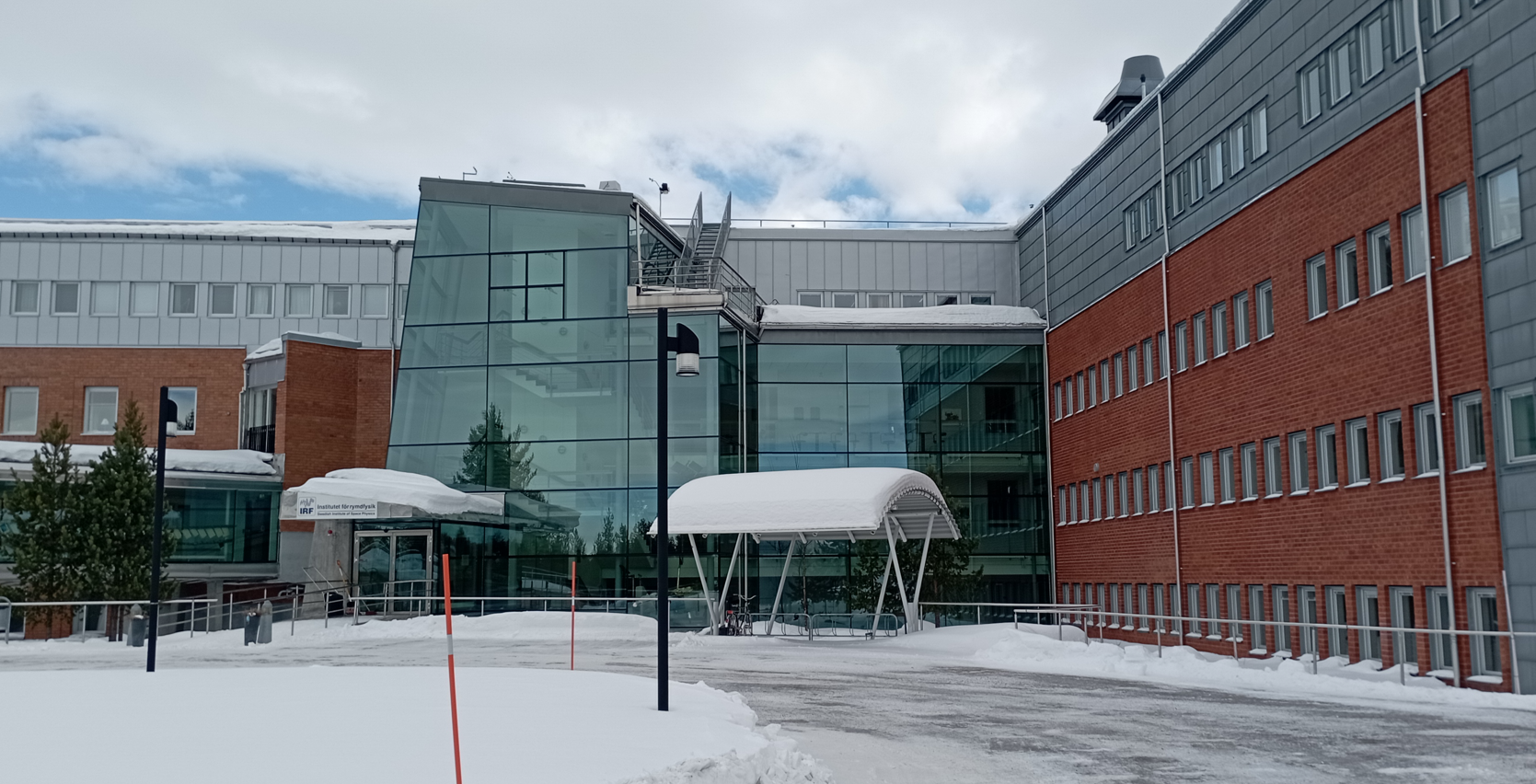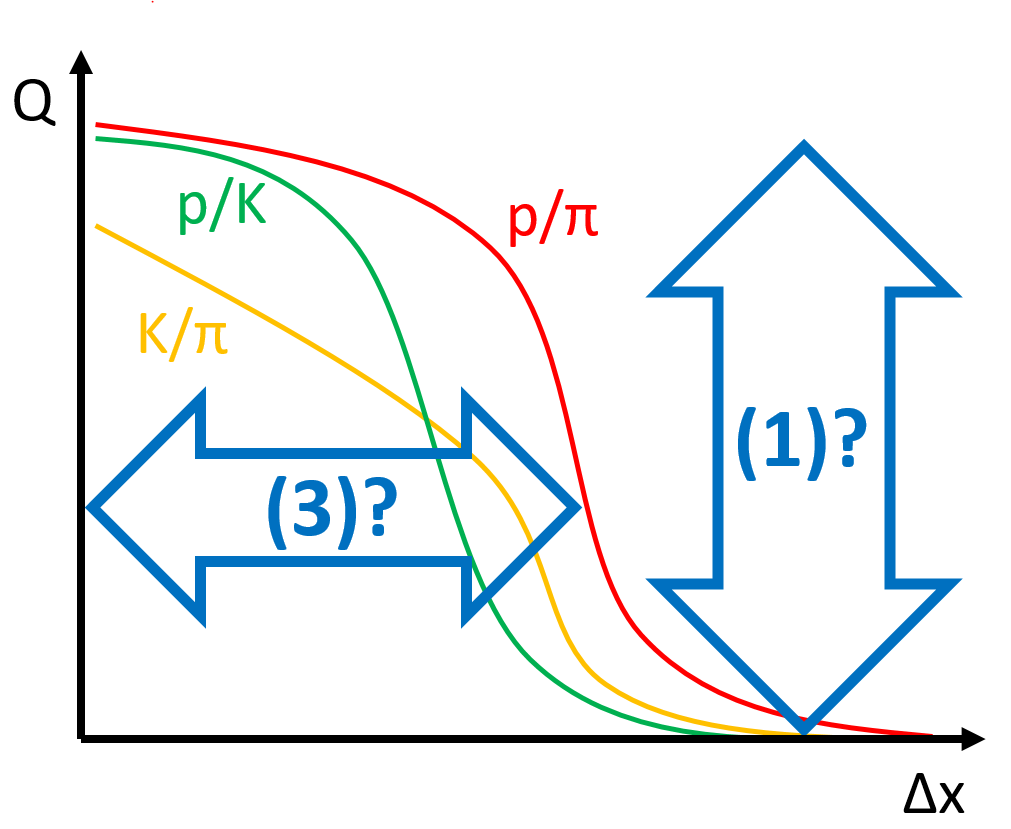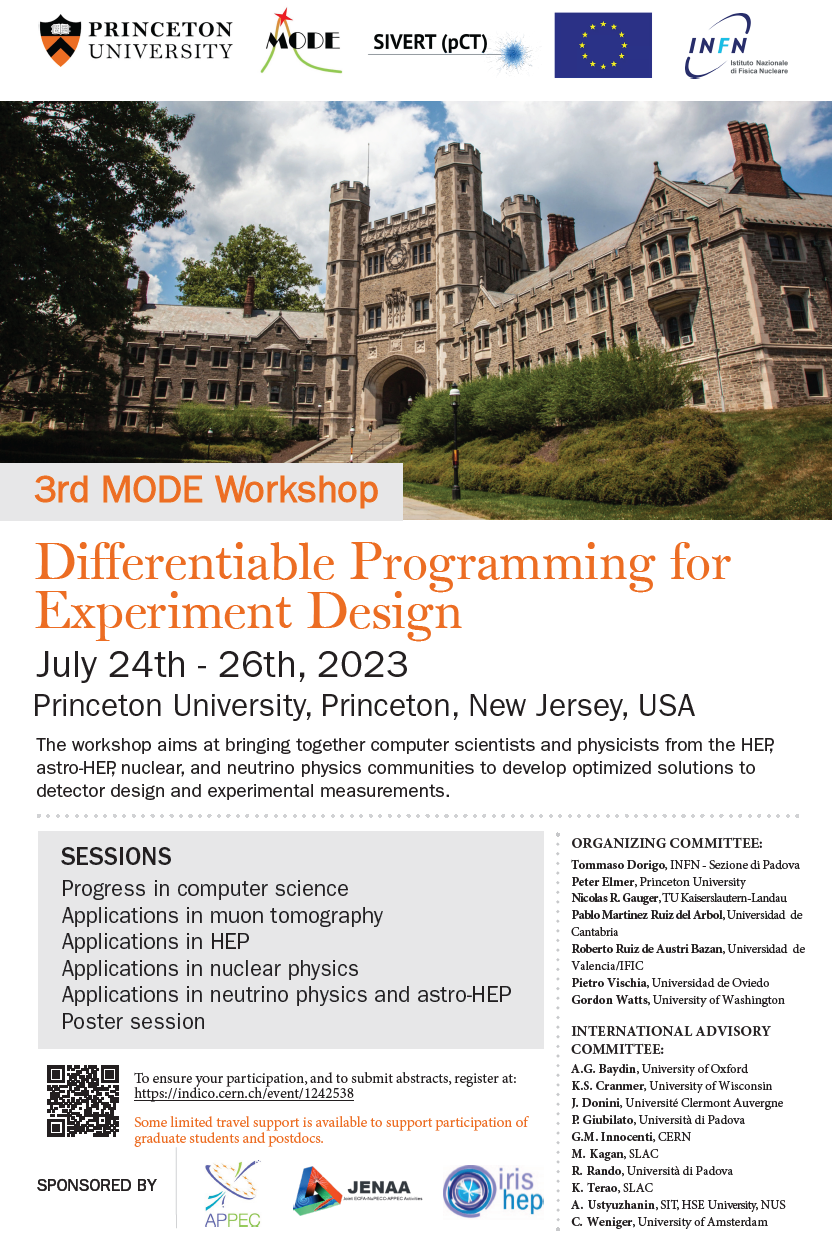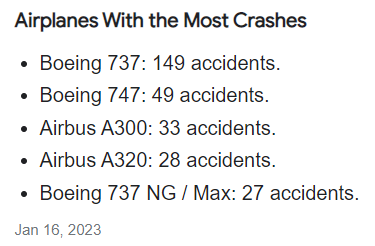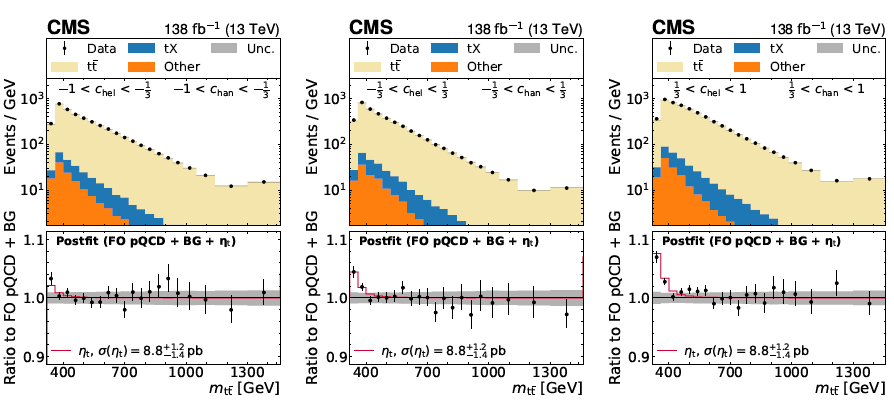 Toponium Found By CMS!
Toponium Found By CMS!The highest-mass subnuclear particle ever observed used to the the top quark. Measured for the...
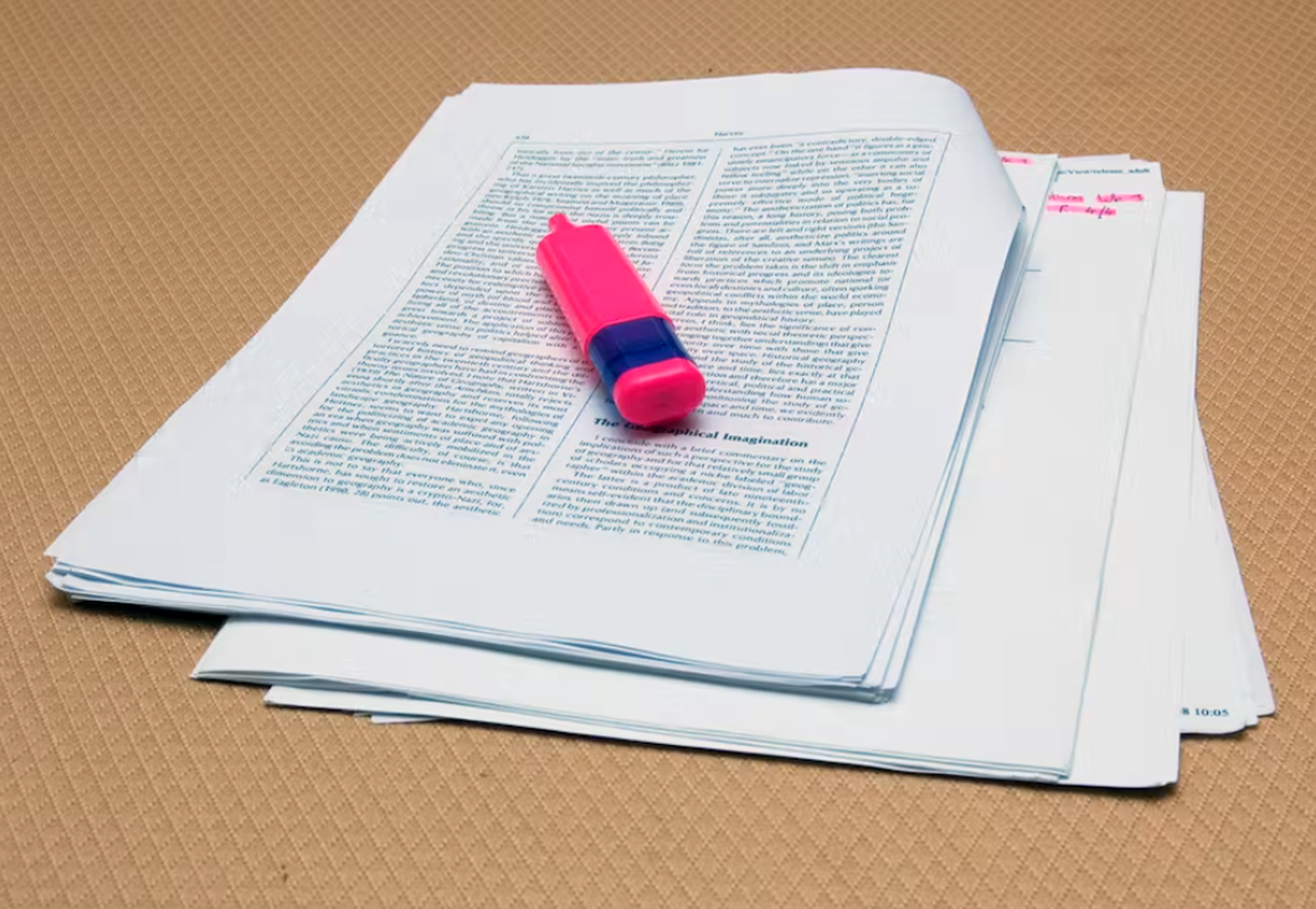 The Problem With Peer Review
The Problem With Peer ReviewIn a world where misinformation, voluntary or accidental, reigns supreme; in a world where lies...
 Interna
InternaIn the past few years my activities on this site - but I would say more in general, as the same...
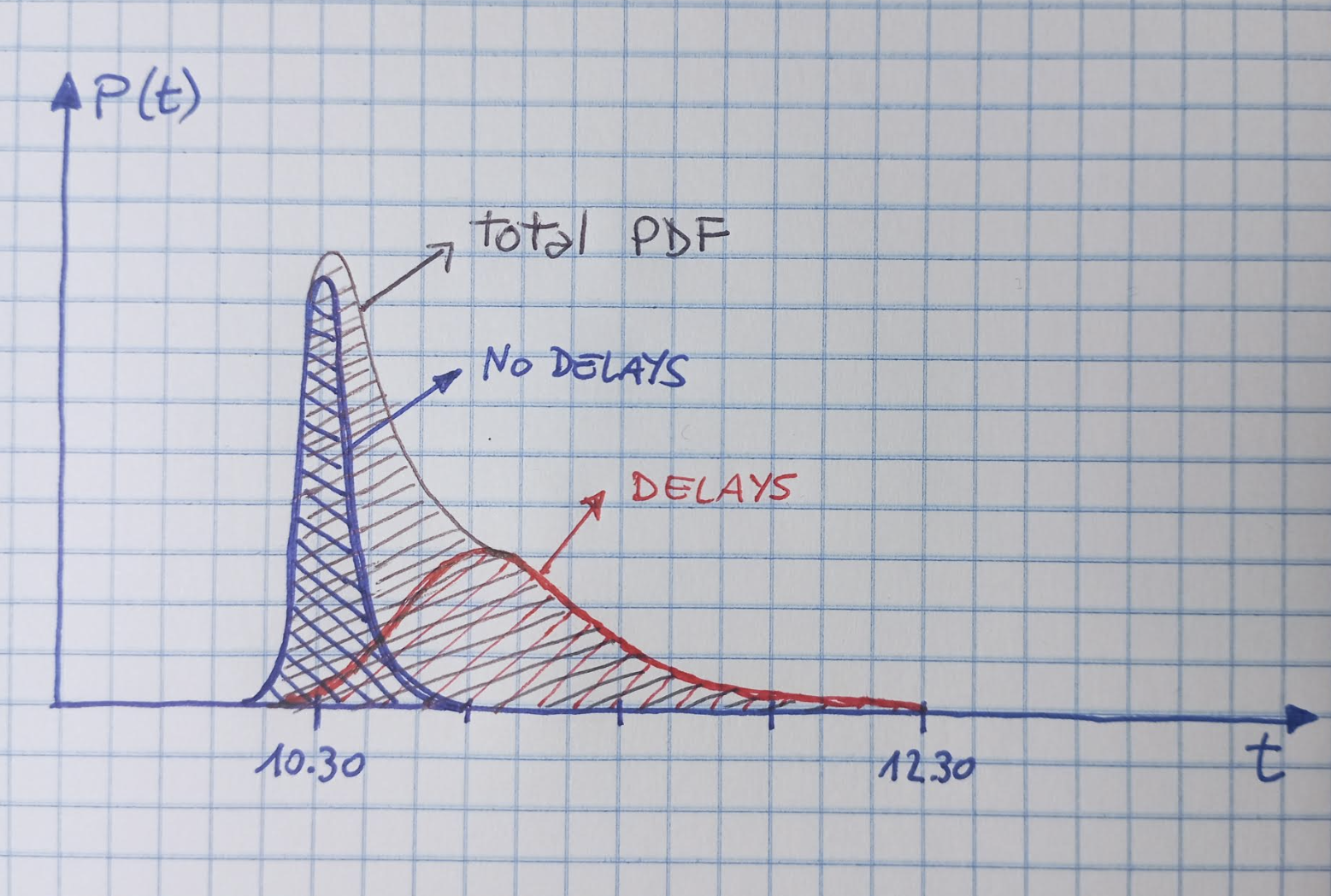 The Probability Density Function: A Known Unknown
The Probability Density Function: A Known UnknownPerhaps the most important thing to get right from the start, in most statistical problems, is...



